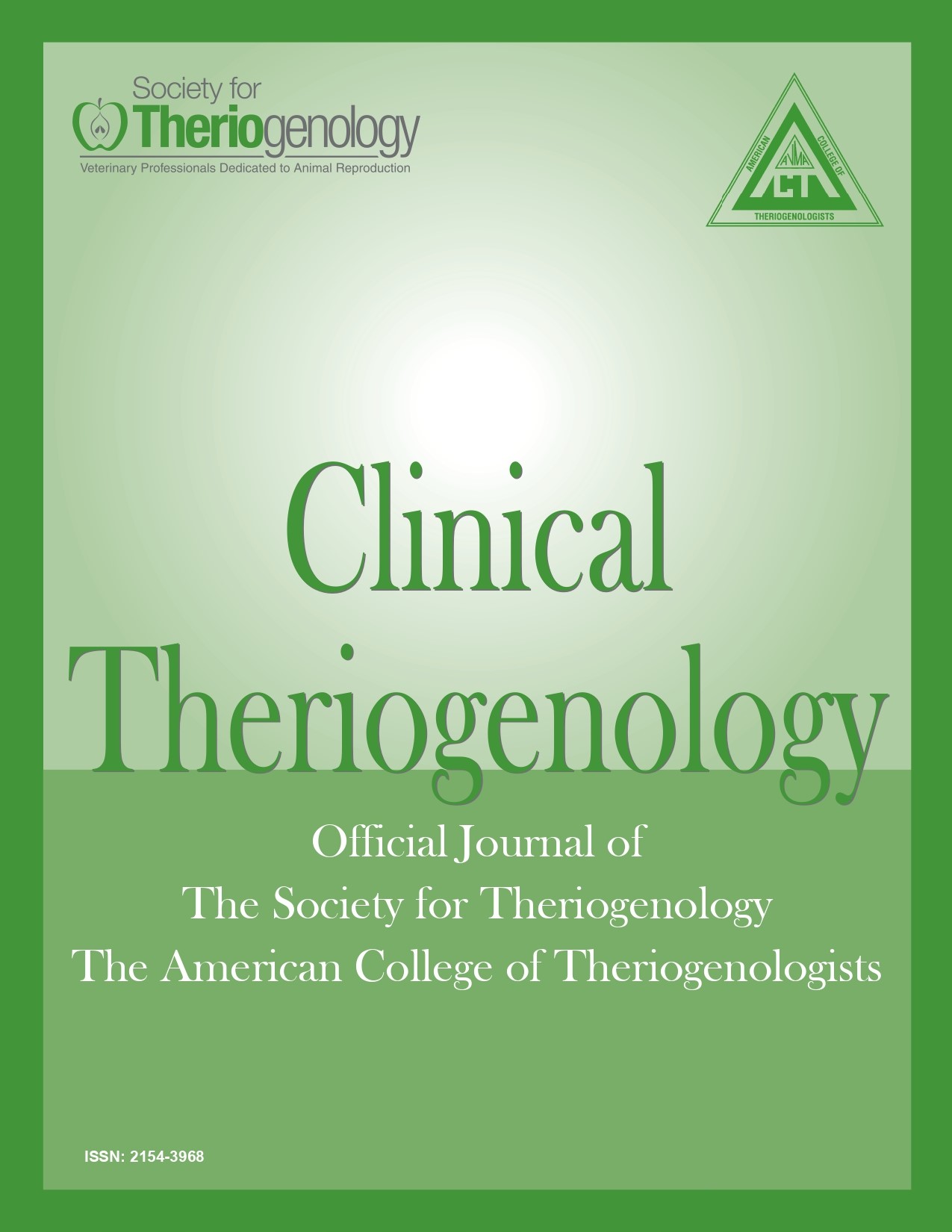Non-surgical management of vaginal prolapse in a late gestation alpaca (Lamos pacos)
Abstract
A multiparous alpaca at day 358 of gestation was presented with a four week history of intermittent vaginal prolapse. The vaginal prolapse was initially managed by the owner. Due to the duration of prolapse and increase in its size, combined with pollakiuria and stranguria, the alpaca was presented to the University of Florida, Large Animal Hospital. Transcutaneous and transabdominal ultrasonography was performed to assess the prolapsed tissue and to confirm that the fetus was viable. The vaginal prolapse was manually reduced and a commercially available plastic retention device for small ruminants was placed in the vagina and secured to a harness for stability. The retention device was well-tolerated and the hembra successfully delivered a healthy cria with the device in place.
Downloads

This work is licensed under a Creative Commons Attribution-NonCommercial 4.0 International License.
Authors retain copyright of their work, with first publication rights granted to Clinical Theriogenology. Read more about copyright and licensing here.





